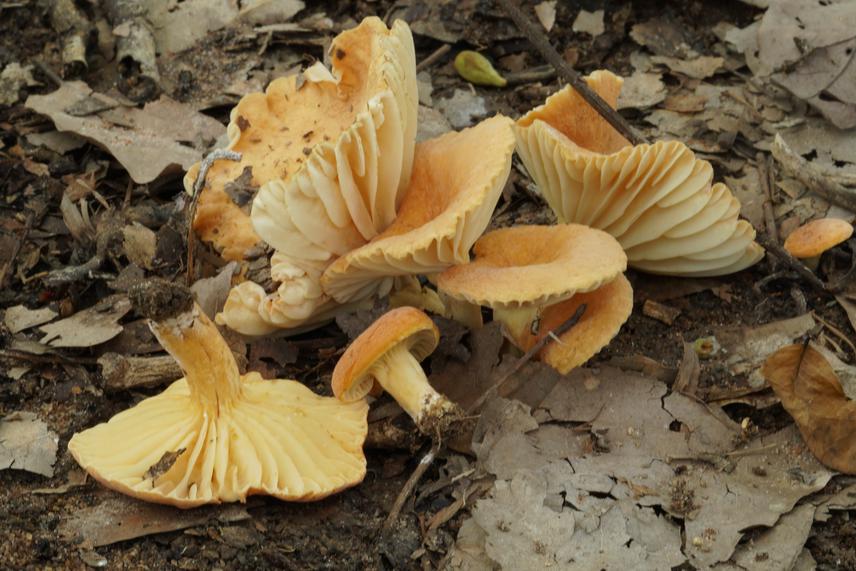Hyppolite Lougbégnon Aignon
Other projects
24 Jul 2018
Investigating the Spatial Distribution of Fungal Diversity: A Step toward the Global Conservation Action of Fungi in Benin (West Africa)
2 Aug 2021
Enhancing the Forest Conservation Law Enforcement and Awareness Campaigns: An Effective Strategy to Save Fungi in Benin
Sustainable management of fungi and their habitats is very important for forest ecosystems restoration. This project aims to strengthen ectomycorrhizal (EcM) fungal and their habitat conservation in Benin, especially in Kota and Koussoukouangou gallery forests. These habitats and the species that live are threatened by tourism, logging and agriculture. The project will analyze the fungi and their partner trees distribution and diversity, reforest symbiotic trees to reinforce fungal habitats degraded, produce the atlas of EcM trees to limit their destruction during forest management activities and sensitize the local population about fungal habitat conservation to improve biodiversity conservation in Benin.

Lactifluus gymnocarpoides (Verbeken) Verbeken.
Tropical forests cover about 7% of the Earth's surface and contain at least 50% of global diversity but are currently under serious threat due to human activities and climate change which cause species disappearance (Bawa and Dayanandan, 1998). Benin has more than 18,000 species of fungi, of which only 2% has been determined (Yorou et al., 2017), this small percentage of species identified in terms of diversity includes many threatened species (Yorou and De Kesel, 2011). However, knowledge on fungi, their role in forest ecosystems remains fragmentary with many species still to be discovered (Pimm and Raven, 2000). Notwithstanding this, they are neglected and more threatened and there is a lack of data to compare the threats which weigh on them compared to animals and plants. However, in terms of threats, ectomycorrhizal fungi are more vulnerable due to the fact that, through agriculture and logging, humans destroy the partner trees and that cause the loss of diversity and fungal richness in natural forest (Yorou and De Kesel, 2011). Currently in Benin, there are no measures of conservation or appropriate actions to protect and to restore these threatened fungi and their habitats. It is then essential to take concrete measures to limit the fungi extinction, which represents a source of income and food for local people (Fao, 2019).
Limiting fungi extinction is a priority because they are unique, irreplaceable and therefore essential for the future. Their conservation involves the public awareness actions, habitat restoration and strict protection in order to avoid the logging and the degradation of the forests. Thus, this project aims to:
1) Analyse the distribution and diversity of ectomycorrhizal fungi and their partner trees.
2) Determine the most sensitive fungal habitats to facilitate their protection.
3) Enrich the forests area degraded by ectomycorrhizal trees such as such as Berlinia grandiflora (Vahl.) Hutch. & Dalz. and Isoberlinia doka Craib & Stapf;
4) Establish the dialogues with local population to ensure the preservation of fungal habitat for the long-term viability of ectomycorrhizal fungal species and their habitat.
5) Propose a sustainable management plan for ectomycorrhizal trees to avoid their destruction during forest management works and
6) Establish an educational program for sustainable management and protection of biodiversity in Benin.